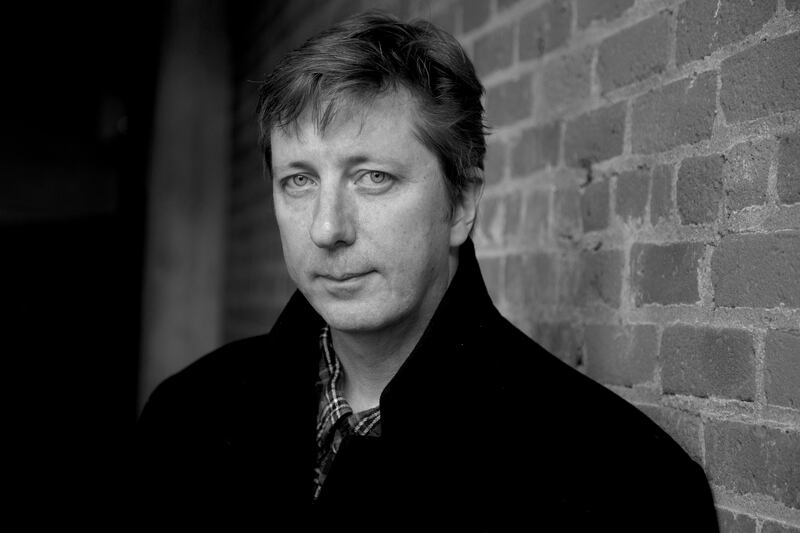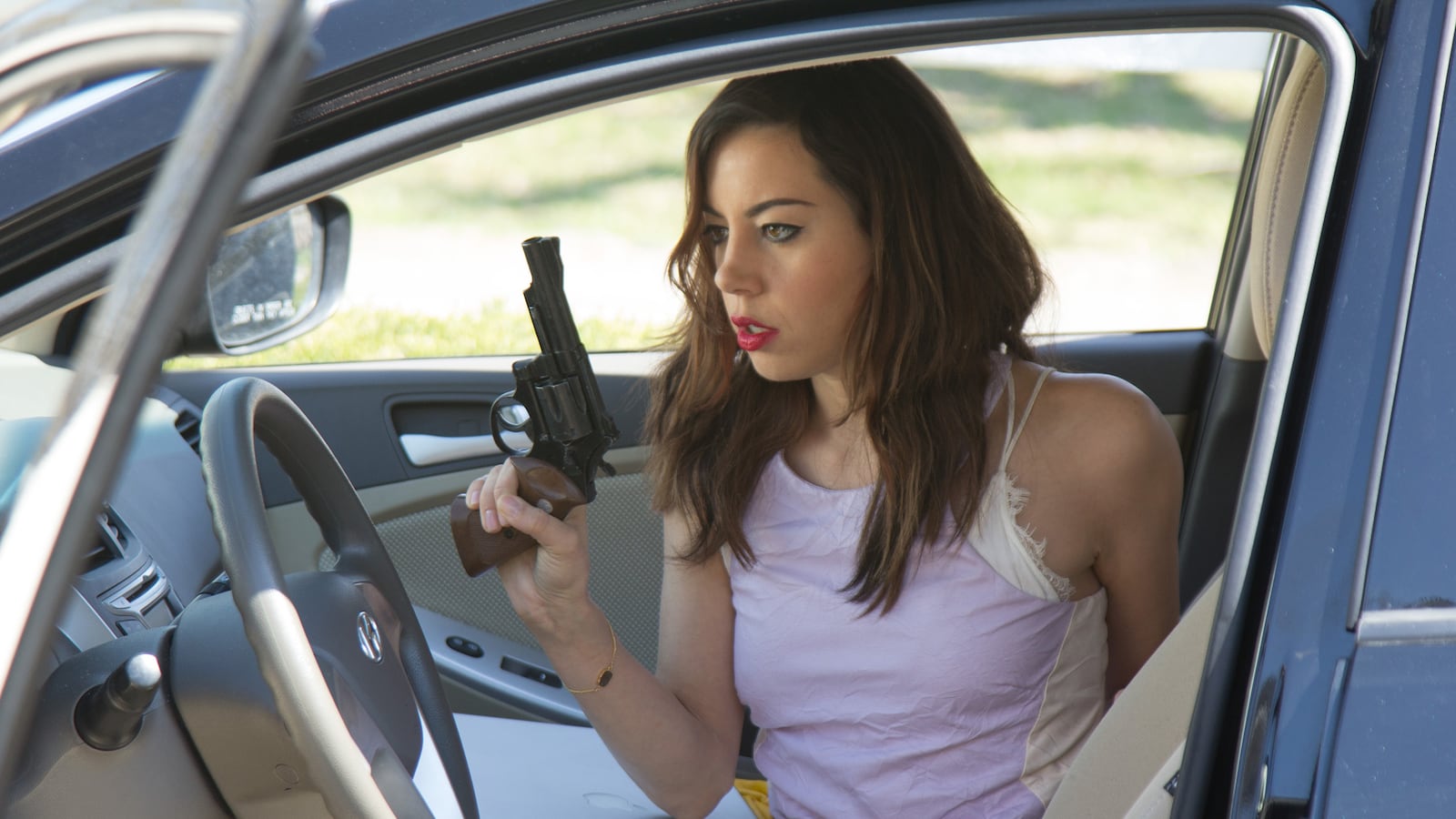When I wrote and directed Henry Fool in 1995 or so, I was not intending to start upon a series of films. All I knew was that I had written a different kind of story from my previous movies. Those earlier titles were tales transpiring over short periods and focused on the efforts of love between men and women. With Henry Fool, my main concern was the friendship between two men—the chronically inhibited garbage man, Simon Grim, and the lovable but gross blowhard, Henry Fool. I was attempting a kind of sordid white trash epic—an odyssey of Simon's journey from friendless and inarticulate misfit to provocative and inspiring world famous poet.
There was a larger and more involved supporting cast of characters too—principally Simon’s sister, Fay. As we shot the film we would often joke about other episodes of something we might call “The Infamous Grims.” It was easy to make up hilarious new scenarios of mayhem for this cast of characters. James Urbaniak, who originated the role of Simon, swears I joked about this on set one too many times before he challenged me to admit I wasn’t joking anymore.
I remained ambivalent. After all, it’s easy for me to make up stories. But I wanted to wait a while before seriously considering this option.
What finally made me undertake a second Grim Family / Henry Fool tale was the desire to create a leading role for Parker Posey. Although Fay had been conceived on the page as an important supporting character, Parker’s empathy and soulful charisma on screen made her the emotional heart of the film. And I was knocked out by the facility and the confidence with which she brought my dialogue to life.
I wanted to make a Parker Posey movie.
In the years that followed, I gave her at least two screenplays to consider and she turned them both down. Parker has always been pretty good at assessing roles that will be good for her. I trusted her judgment. Finally, we both admitted that the creation of Fay in Henry Fool had been a standout experience for both of us. So I suggested we make a movie with Fay front and center.
But what would it be about?

I was less interested in making a sequel than a new episode. It’s a fine distinction, I guess, but what I mean is that I saw the possibility of—every so often—making a new film about something else entirely with the Grim Family and their troublesome friend Henry at the center it. The Grim Family of Woodside Queens could become a kind of prism through which I rendered my impressions of life and the world.
My default reference was Lindsay Anderson’s three films If (1968), Oh Lucky Man (1973), and Britannia Hospital (1982). My films bear no resemblance to Anderson’s except in this: he made three totally different movies, about different things, in different styles over the course of fifteen years, each of which included the appearance of a young man named Travis played by Malcolm McDowell. Generally, these three films compose a loose triptych offering a few relevant facets of the life of his nation and culture, England.
That’s what I saw the possibility of achieving if I were to make more films with the Grim Family. In the years I wrote Fay Grim—2003 through 2005—my main interest was to convey something of the weirdness of American life after 9/11 and our new espionage-laden reality. In those years reading The New York Times, the Daily News, or even the free Metro paper on the subway was like reading a spy novel or a political thriller. It occurred to me that Fay—minimally educated, naturally intelligent, basically decent, but habitually incurious and hilariously uniformed—would be the perfect representative American to tangle up in the vicious and irrational spasms of international relations.
That decided, I knew I would have to make a third film somewhere down the line to be centered on Henry and Fay’s son, Ned.
Liam Aiken, who originated the role of Ned at seven years old, was 16 when we made Fay Grim. Before we began shooting I took him out to lunch and asked what his plans for the future were—in fact, I asked him, “What are your intentions?”
He wasn’t sure. He was thinking of attending film school, he was still taking roles in movies and television, but he also had a band. Still, he thought the idea of a third film about Ned sounded cool. For my part, I decided that this teenager would probably mature into a hard-working actor.
And I was right.
After completing Fay Grim, I didn’t see Liam again for four years. At 20, he was a talented young man of proven ability and uncomplicated aspiration. He just grinned and nodded, delighted, when I told him that all I knew so far about the third film was that Ned, the son of Henry and Fay, would be a sincerely religious person of the Christian variety who would set out to find and kill his dad for destroying his mom’s life.
We began to trade notes on my favorite western movies.
And I began to write Ned Rifle.
Cinefamily’s retrospective The Films of Hal Hartley runs throughout April and tickets can be purchased here.






